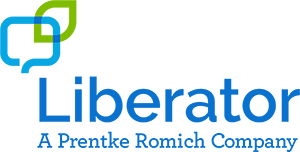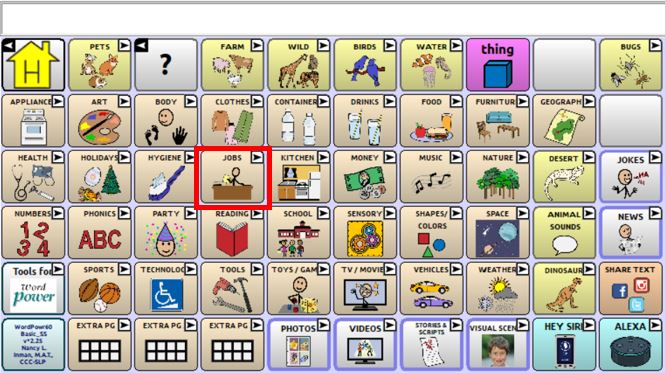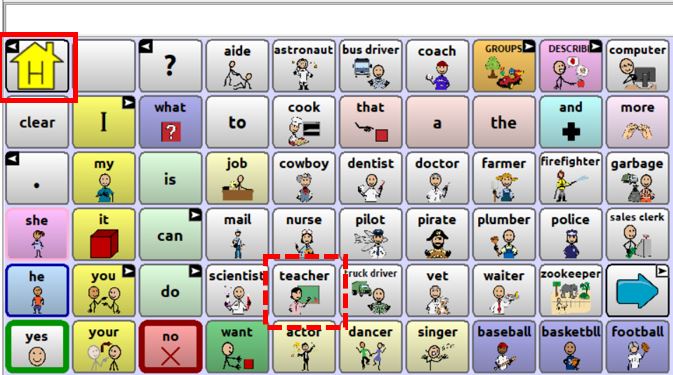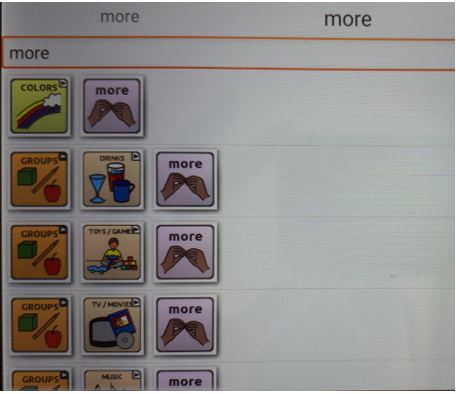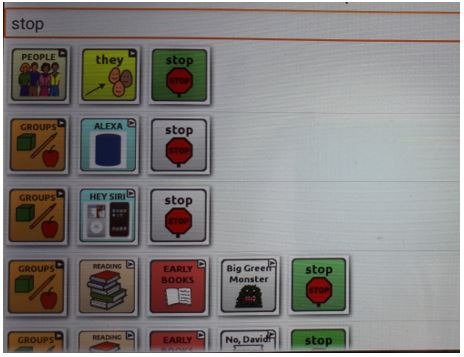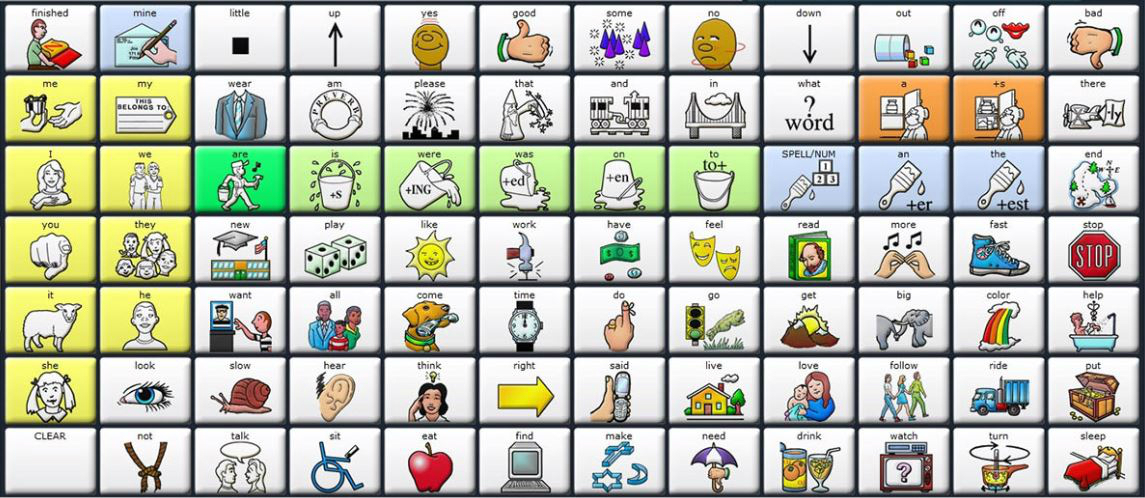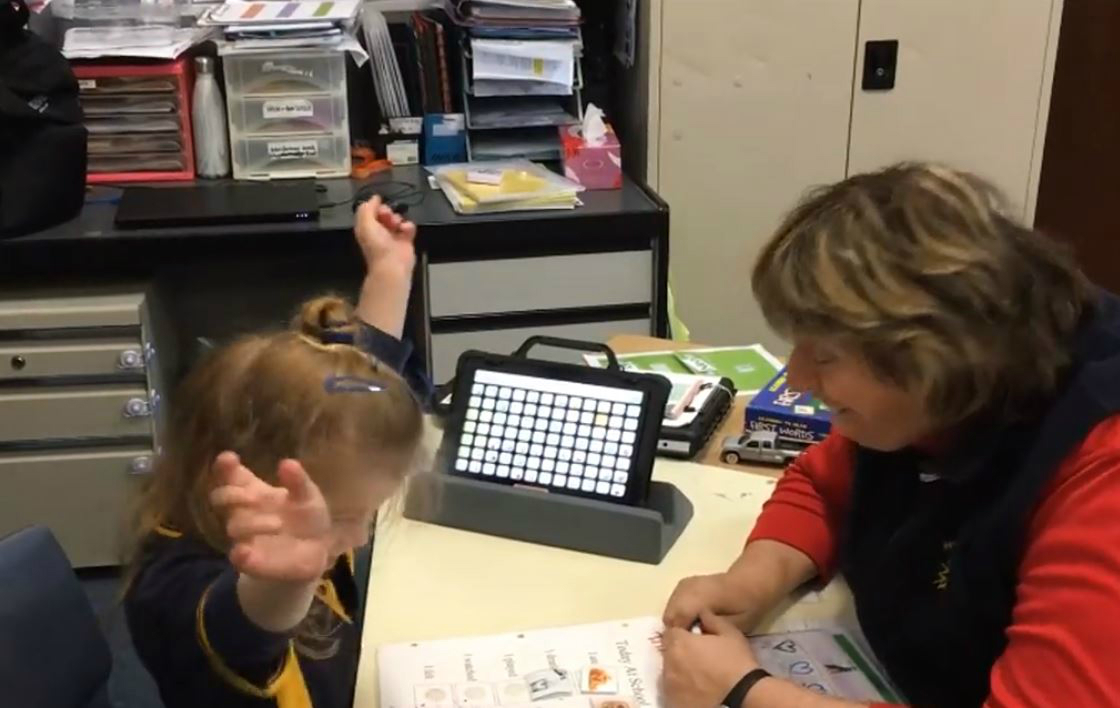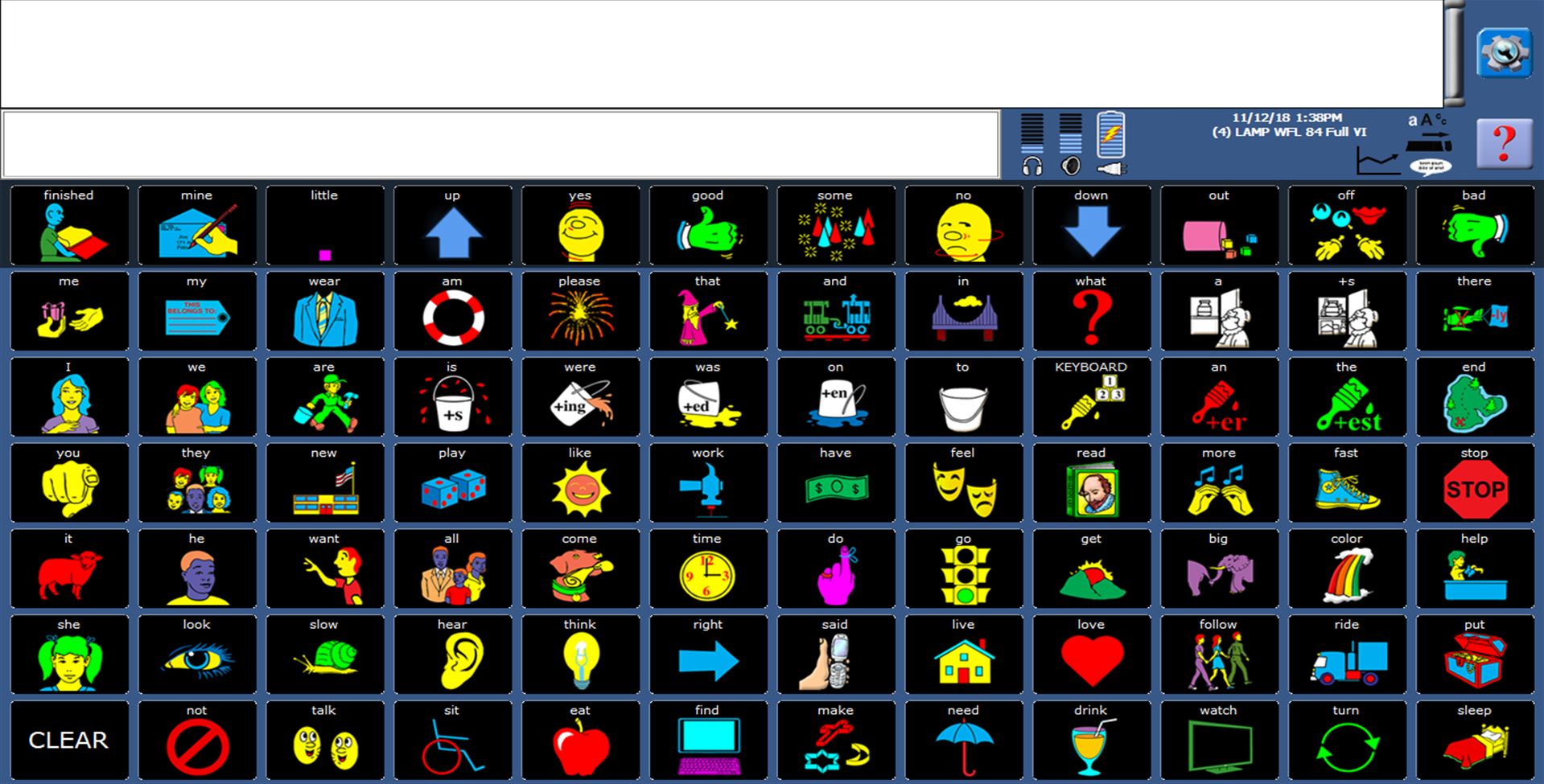Can you teach all AAC systems through motor planning?
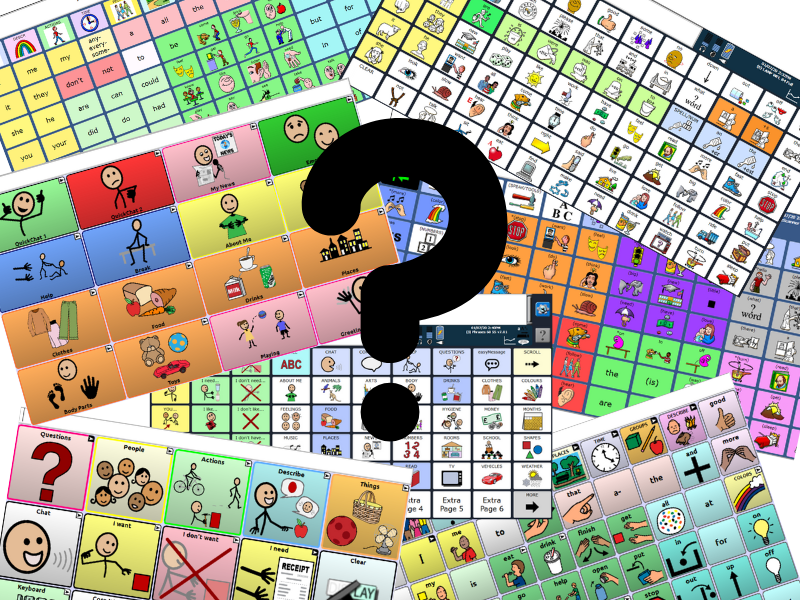
Explore with us the idea of teaching different communication systems through motor planning.
Can you teach all AAC systems through motor planning?
Motor planning is the ability to think of, plan, and carry out a skilled motor movement in the correct sequence from beginning to end. A motor movement could be riding a bike, walking, speaking or using a speech generating device.
The principles of motor planning can assist children to develop their communication skills when learning how to use speech generating devices. Thistle & Wilkinson 2015 identified motor planning as an important feature speech language pathologists considered when designing and implementing AAC systems with young children.
It is important to consider which systems can be taught through motor planning and if so, how effective it is. This post explores motor planning by firstly discussing some of the challenges page based/ category based systems face.
Beneficial Skills
Many AAC systems are organised in a way where the user requires some underlying skills to truly use the system to its fullest potential.
For example, a typical page or category-based system requires understanding of categories such as “foods” or “vehicles” as well as parts of speech such as verbs, (action words) or adjectives (describing words). If a user does not have knowledge of these organisational structures then it can be challenging to locate words.
Another skill that is beneficial for users to have are literacy skills. Many words such as ‘like’, ‘happy’, ‘more’, and ‘I’ are not words that easily become pictures. For example, if several people were asked to draw a “that”, each picture would look different and not accurately represent that word. As such, literacy skills, or, visual memory for multiple pictures are needed for identifying the meaning of many of our most commonly used words e.g. yes, no, go, finished, eat, I.
The final skill which can be crucial for using many page based/ category systems is that of navigation. This includes how many “hits” it take to say each word. It could range from one hit to many, many more. These systems can rely more upon visual scanning rather than motor planning. Individuals with poor executive functions or working memory may find a system with larger sequences more challenging to use.
Motor Planning
Learning through motor planning reduces the need to have good categorisation, navigation and literacy skills.
The question is, can you teach all AAC systems through motor planning?
To explore this question let’s look at three components that can influence whether a system is set up for motor planning or not.
- Automatically returning to the home page after each word is spoken.
- Having a unique motor movement for each word
- Having short navigational sequences for each word
A system that has these three components is set up for motor planning success
Let’s see some examples:
- Automatically returning to home
This provides a reference point for starting any new word sequence. It also reduces the amount of navigation needed to find a word because they don’t need to hit the “home” button first.
This example below is of a system that doesn’t automatically return to the home screen after a word is selected.
The target word is ‘teacher’. When ‘teacher’ is selected the page of occupations remains open. This can be useful for some language learning purposes however in conversation it is rare for a person communicating to say another related noun/label straight after.
As you can see in this WordPower file if a person wanted to say “teacher please”, the user would need to select the Home button before navigating to say the next target word, ‘please’. This is adding in an additional navigational step.
- Having a unique motor movement for each word with repetition
Fitts and Posner’s stages of motor learning 1967 describe how the same movement is practiced over and over again, this pattern turns into an automatic motor plan. Once automaticity is achieved the brain has to do less work to produce the motor movement. That is, our brains no longer have to think about what it is doing to produce that word!
This is an amazing skill we develop because it allows us to then consider different things when communicating such as what our communication partner may be saying or thinking, what’s happening in the environment around us and what we may want to say next.
Without automaticity this process becomes slower and more complex due to the need to continually scan for words.
When communication systems have multiple locations of the same word it can become difficult for a person who uses AAC to learn where words are located. If there are multiple repetitions of the same word this adds to the number of cells required and the pages required to store these words.
In the below example you can see that common words are represented with many different sequences. For example “more” and “stop”.
More
91 different sequences
Stop
12 different sequences
One way to reduce this is to use motor planning as a design feature in AAC.
- Having short navigational sequences for each word
When systems have multiple ways to find the same words there is a need for more pages to be added to the system. Categories are carefully thought out and organised with unique pictures for individual words. Category/ page-based systems may have lengthy navigational sequences in order to ensure a large vocabulary is available.
As people learn more words and develop their language skills a range of words need to be made available in order to say what they want to when they need to say it. If there is a lengthy and complex navigational sequence required to say one word, conversation can move on around the person and the communication opportunity may be lost.
Summary
To answer the question, “can you teach all AAC systems through motor planning?”. Well I hope you start to see that the answer is not straight forward.
What we do know is that people who use AAC have been facing numerous barriers to their communication their whole lives. AAC is a light that can give real hope. We should be ensuring that we are reducing the barriers our AAC clients are facing when it comes to communication.
It is therefore logical that if a person has challenges with visual scanning, working memory, categorisation and motor planning has been identified as a way to support language development, it is wise to consider giving them a system that makes learning through motor planning as easy as possible!
LAMP Words for Life and the Unity vocabularies are such systems. They have very short sequences, consistent motor plans and word repetitions are limited. Let’s give our kids the best chance of success and consider a system specifically built for motor planning.
References;
Gernsbacher, M. A., Sauer, E. A., Geye, H. M., Schweigert, E. K., & Hill, G. H. (2008). Infant and toddler oral- and manual-motor skills predict later speech fluency in autism. Journal of Child Psychology and Psychiatry, 49, 43–50
Fitts, P.M., & Posner, M.I. (1967). Human performance. Brooks/Cole.
